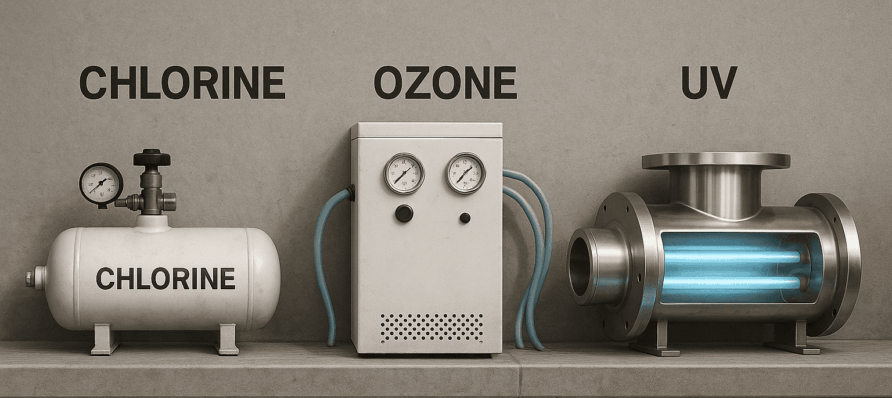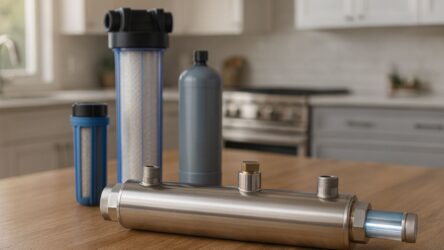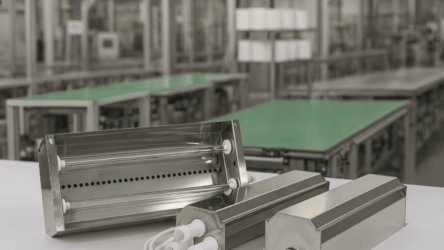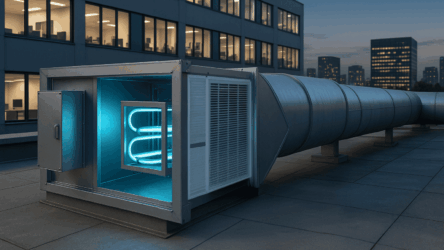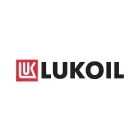Final Stage of Water Treatment: Why It Matters
Disinfection is the last critical step in wastewater treatment, designed to eliminate pathogenic microorganisms before discharge into the environment. Three primary methods are widely used: chlorination, ozonation, and UV disinfection. Here's a breakdown of how each method works and how they compare.
Chlorination: Traditional but Not Risk-Free
Chlorine has been used for decades due to its broad-spectrum antimicrobial action. However, growing health and environmental concerns are calling this method into question. While relatively simple to apply, chlorine introduces byproducts that may require additional treatment.
Pros:
- Effective against a wide range of bacteria and viruses
- Long-lasting residual disinfectant effect
Cons:
- Produces harmful chemical byproducts
- Requires post-treatment neutralization
- Demands strict safety protocols during handling and storage
Ozonation: Potent but Costly
Ozone is a powerful oxidizer capable of destroying viral and bacterial cell walls. It delivers strong results but demands high initial investment and operational costs.
Pros:
- High sterilization efficiency
- No chemical residues in treated water
Cons:
- Expensive equipment and high power consumption
- Potential for undesirable byproducts in contact with organic matter
- Treated water becomes more corrosive
UV Disinfection: Clean, Chemical-Free, and Precise
Ultraviolet radiation at 254 nm disrupts the DNA of pathogens, preventing reproduction. This method does not use chemicals and requires no neutralization afterward.
Pros:
- Up to 99.9% effective against viruses, bacteria, and protozoa
- Preserves physical and chemical integrity of water
- No chemical residues
- Easy integration into existing water treatment systems
- No need for post-disinfection treatment
- Minimal maintenance: lamp replacement every 12–24 months
Cons:
- No residual disinfectant effect (which improves environmental safety)
- Requires routine monitoring of lamp performance
Choosing the Best Method
Both chlorine and ozone require special handling and can generate unwanted compounds. In contrast, ultraviolet disinfection is stable, safe, and preserves water quality. It's suitable for centralized facilities as well as small-scale applications such as car washes, private septic tanks, and decentralized wastewater systems.
UVL: Advanced UV Disinfection Systems
For over a decade, UVL has been developing and manufacturing UV-based technologies for microbiological protection in water treatment.
Our portfolio includes:
- Multi-lamp flow-through UV sterilizers for high-capacity treatment (up to 1000 m³/h), ideal for municipal and industrial systems. These units are compact yet powerful, fitting seamlessly into existing pipelines without major infrastructure changes.
- Submersible UV modules, perfect for tanks and reservoirs. These can be combined into scalable clusters, making them ideal for small to medium-sized treatment plants.
- UV disinfection lamps engineered and manufactured in-house, compatible with most global equipment standards. All products are certified and include warranty support in the event of early failure.
Looking for a safe and effective solution for wastewater disinfection? Whether it’s retrofitting your current system or launching a new facility, our UV lamps and sterilizers deliver dependable, eco-friendly results.

